Common name: black pine, Austrian pine, Corsican pine
Scientific name: Pinus nigra
Family: Pinaceae
Origin: non-native
Looming, handsome, graveyard-dweller. The black pine is common in shelterbelts, gardens and timber yards alike. Despite being huge, this non-native conifer isn’t a favourite with wildlife, though birds do enjoy its seeds.
Common name: black pine, Austrian pine, Corsican pine
Scientific name: Pinus nigra
Family: Pinaceae
Origin: non-native
Black pine is triangular when young, becoming flat-topped with age. The bark is rough and grey-brown to black in colour and the branches are dense. Twigs are hairless, yellowish-brown and ridged. It is a fast-growing tree, gaining 33–61cm (13–24 inches) per year, and can live to over 500 years old.
Look out for: the scales on the cones which are thick and have rounded ends.
Identified in winter by: its evergreen features which are present year-round.
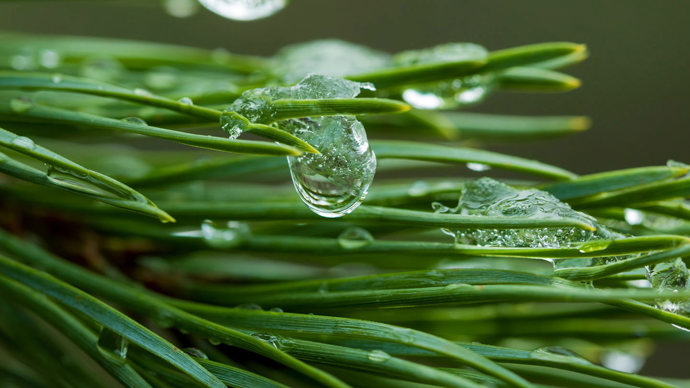
Credit: M and J Bloomfield / Alamy Stock Photo
The needles, which occur in pairs, are 10–15cm long and very stiff. They have slightly serrated edges and can be straight or curved.
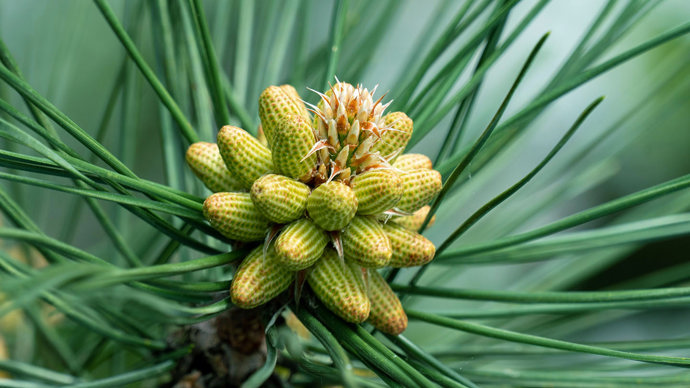
Credit: TeleMakro Fotografie / Alamy Stock Photo
Reproductive cones open in May. The females are red and the males yellow.
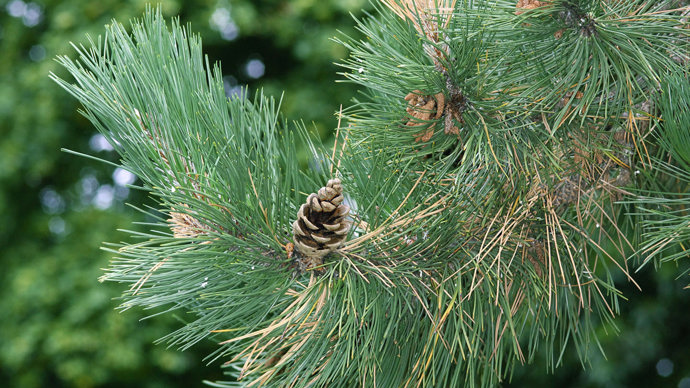
Credit: Nature Photographers Ltd / WTML
Cones grow to 5–8cm and have prickled scales. The seeds are winged.
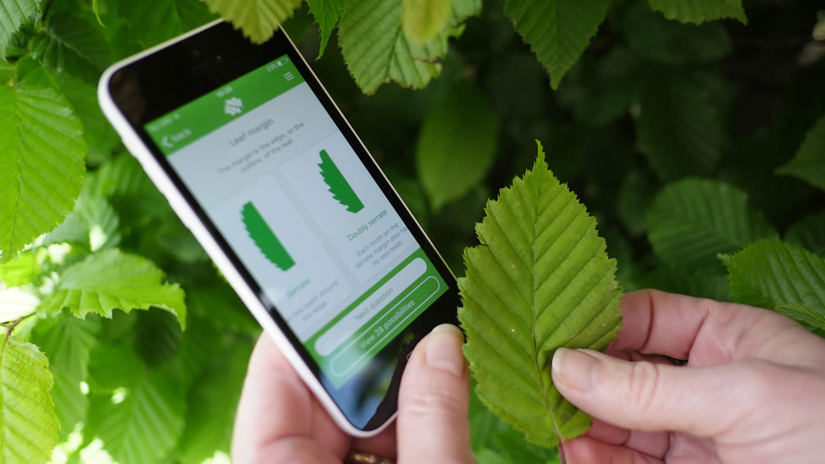
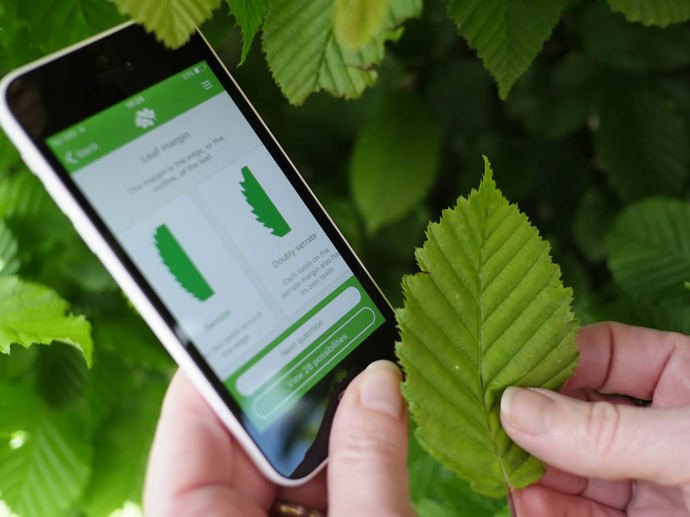
Download our free Tree ID app for Android and iPhone to identify the UK's native and non-native trees. It's an A-Z tree guide in your pocket.
Black pine is native to central and southern European coastal areas. Today, it's widely grown in the UK as a popular ornamental tree. This species is found in plantations, shelter belts, parks, churchyards and large gardens throughout the UK. In some parts of the UK it has become naturalised on heaths and sand dunes and it can regenerate naturally from seed.
Plantations offer shelter to birds, deer and small mammals. A variety of birds are attracted to the black pine to feed on the seeds.
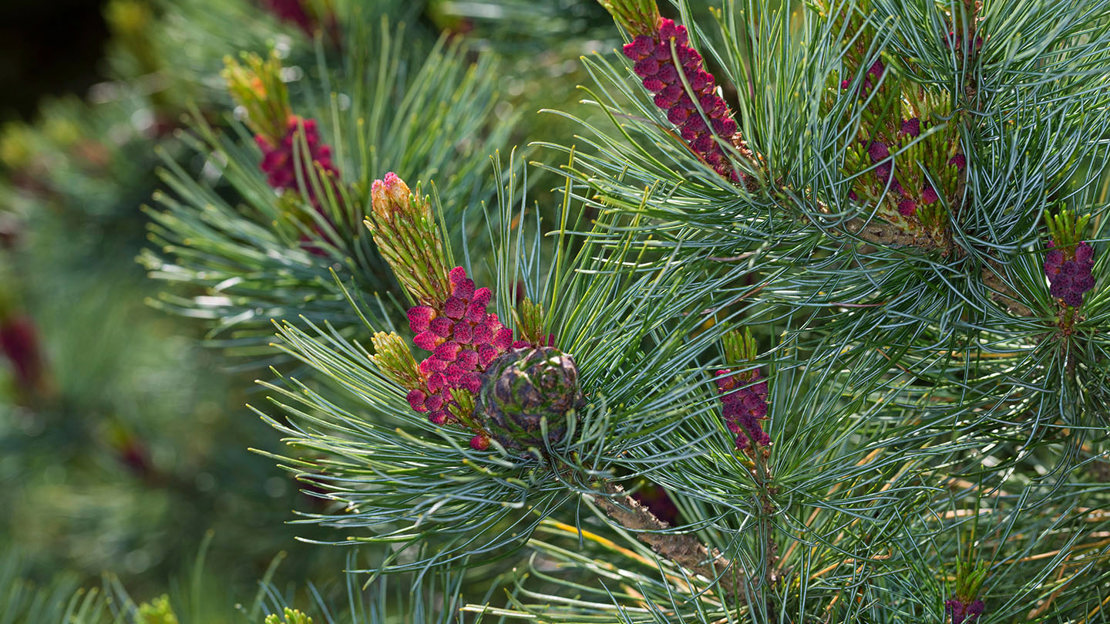
The black pine is sometimes grown as a bonsai tree.
In folklore and mythology, firs and spruces symbolise humility, good fortune and prosperity, fertility and protection.
As evergreens, they were seen as a sign of vitality. Traditionally, they were thought to ward off bad spirits and protect buildings and cattle from misfortune, disease and even lightning. Barns and stables were swept with pine-twig brushes and sprigs were hung above doorways.
In ancient Roman mythology, pines were sacred to Attis, the god of vegetation, who transformed into a pine tree when he died.
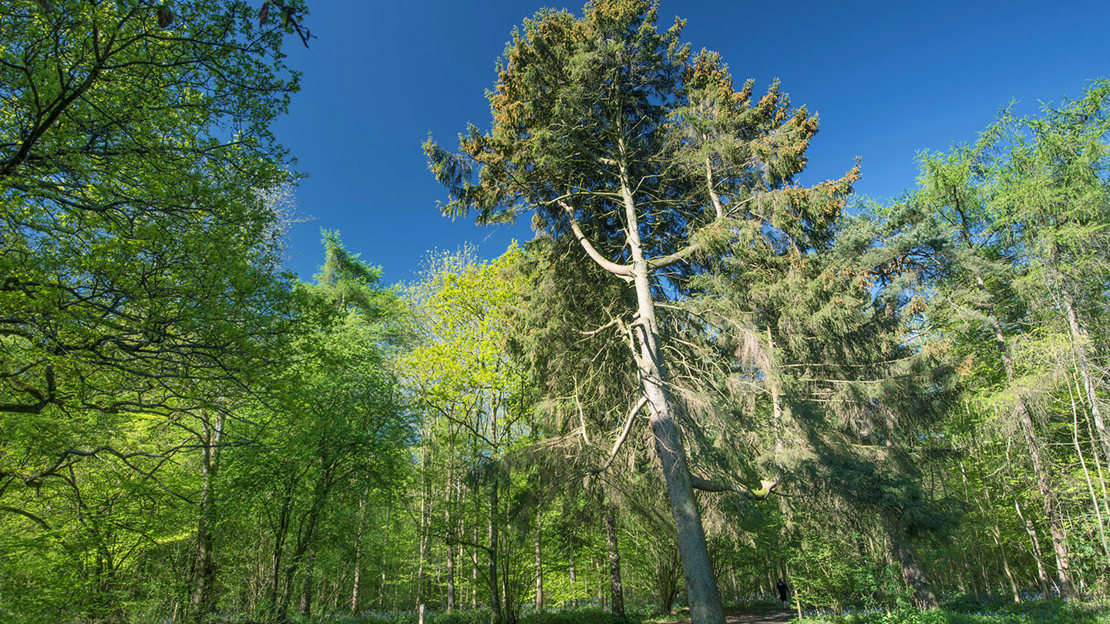
Black pine provides good screening and windbreak-style shelter. It is grown in plantations in the UK for timber. Much like Scots pine, the timber is hard and straight-grained. The wood is used in paper manufacture as well as for general construction. In the UK, it is favoured over Scots pine for forestry.
The black pine is a very tolerant tree and can resist heat, drought, salt and even snow and ice. It is impacted by red band needle blight which causes loss of needles.